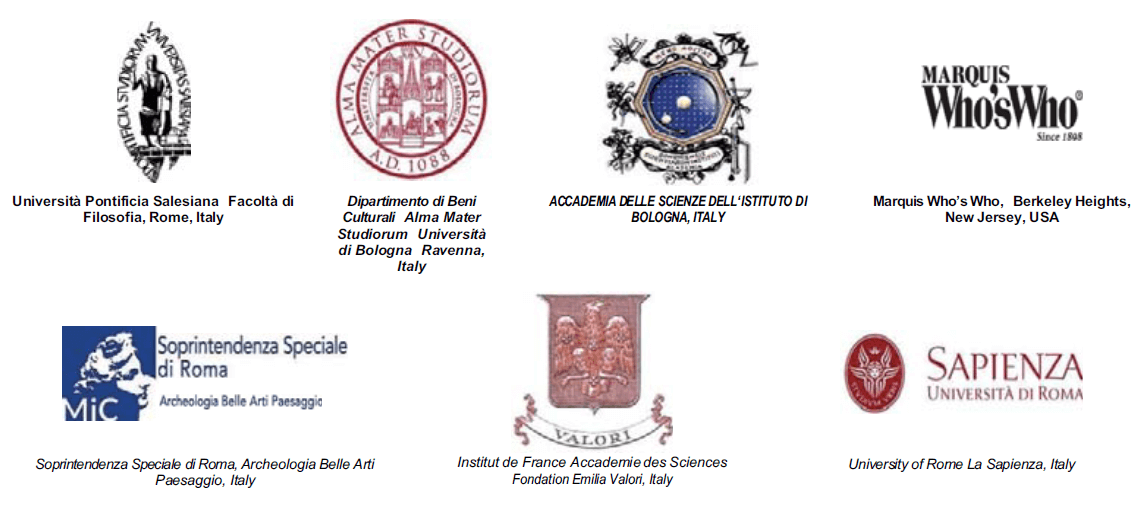Chromatic alteration on marble surfaces analysed by molecular biology tools
DOI:
https://doi.org/10.6092/issn.1973-9494/1245Abstract
The patina represents a superficial natural alteration of the constituting matter of the work of art. It emerges from the natural and usual stabilization process that the materials of the surface undergo because of the interaction with outdoor agents characterizing the surrounding environment. Besides, it is not linked to an obvious phenomenon of degradation that can be noticed through the change in the original colour of the matter. This is what we intend when we talk about biological patina usually generated by macro and/or micro-organic colonization (fungi, bacteria, alga) which contributes to surface bio-deterioration and thus lead to the formation of orange, red or even brown and dark pigmented areas. The presence of chromatic alterations (rose-coloured areas), as a consequence of bacterial colonization, was most particularly pointed out in different sites, such as in the marble slabs on the facades of both the Cathedral of Siena (Duomo di Siena) and the Certosa of Pavia. The present study shows an example of chromatic alteration of the surface of marble works due to bacterial colonization.Downloads
How to Cite
Palla, F., & Tartamella, E. (2007). Chromatic alteration on marble surfaces analysed by molecular biology tools. Conservation Science in Cultural Heritage, 7(1). https://doi.org/10.6092/issn.1973-9494/1245
Issue
Section
Articles
License
Copyright (c) 2007 Franco Palla, Elena Tartamella
Copyrights and publishing rights of all the texts on this journal belong to the respective authors without restrictions. Authors grant the journal right of first publication.
This journal is licensed under a Creative Commons Attribution 4.0 International License (full legal code).
See also our Open Access Policy.






